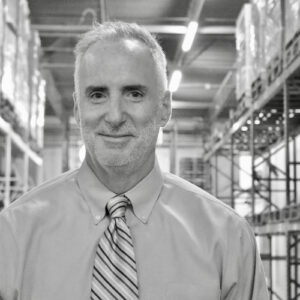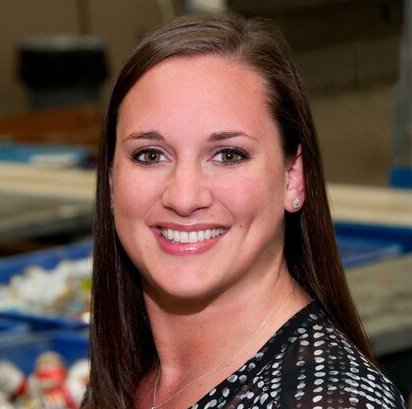The food bank’s outreach team will be based out of the new Community Resource Center and will serve as a concierge service in the building’s lobby, directing people to whatever services they might need. “Our hope is that this becomes a national model that we can share with other food banks,” said Jessica Morgan, Chief Programs Officer.
The food bank’s desire to co-locate its community partners in the same physical space stemmed partly from a pilot it participated in. During the pilot, families succeeded in saving extra emergency cash when the food bank used a case-management approach to help them work closely with a financial literacy partner. “Having constant access to someone they could sit down with and talk to versus being handed a pamphlet … helped to benefit that household more than anything,” Morgan said. “So bringing all those resources under one roof and making it more convenient for people who are struggling is a primary goal of this space.”
Food banks are not the only organizations that see value in co-locating a number of community partners under one roof. In California, Fresno Mission, a provider of services to the homeless, is bringing about 20 social services groups together within a new $30-million, 180,000-square-foot facility called City Center to address a variety of needs including mental and physical health, homelessness and unemployment. Fresno-based Central California Food Bank is taking part by operating a 3,000-square-foot “free grocery store” within the facility, said co-CEO Natalie Caples. “We’re one of the partners that said we want to do something to be able to meet the comprehensive needs of individuals in our community,” she said.
As food banks begin to shift their focus from only providing food to addressing a range of other social needs, they are also shifting their thinking about how to measure the impact of their work. Traditionally, food banks have been able to measure their success by the amount of food they distribute, but measuring social outcomes is a different matter.
Handily for Greater Cleveland Food Bank, many of the partners in its Community Resource Center already use software from Unite Us, as does the food bank. The Unite Us software is designed to manage the full spectrum of social care, including tracking enrolled individuals and measuring outcomes. The food bank will be hosting meetings with Unite Us and all of its co-located partners to discuss new types of outcome metrics. “How do we track households through a continuum of services and ultimately document that it’s been successful?” Morgan said.
Feeding Tampa Bay also sees the need to embrace outcomes versus outputs, Mantz said. “We have to shift our thinking in the way we’re approaching our community in our work,” he said. “It is important and noble to provide food, and that will always be foundational to who we are. But we have to be much clearer about what success is going to be defined as in the future.”
Chris Costanzo is Founder and Editor at Food Bank News. Subscribe to Food Bank News here.



